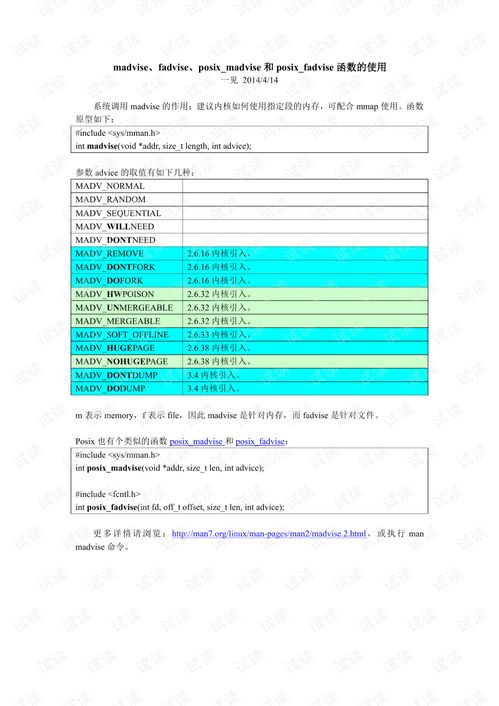掌握"instead"的绝妙用法,提升英语表达力!
instead的用法详解

在英语学习中,“instead”是一个常用的副词,它主要用来表示“代替”或“而不是”的意思。掌握“instead”的用法,有助于我们在写作和口语中更准确地表达自己的意思。下面,我们就来详细探讨一下“instead”的各种用法。

一、基本用法

1. 代替某人或某物
“instead”可以用来表示某物或某人被另一物或另一人代替。它通常放在句尾,前面不加介词。例如:
He didn't go to work. Instead, he stayed at home.(他没有去上班,而是待在家里。)
She didn't wear her usual dress. Instead, she wore a new one.(她没有穿平时的衣服,而是穿了一件新的。)
2. 代替前面提到的行为或情况
“instead”还可以用来表示某个行为或情况被另一个行为或情况代替。它仍然放在句尾,但前面有时会有逗号隔开。例如:
We didn't go to the movies. Instead, we watched a TV show.(我们没有去看电影,而是看了一部电视剧。)
They didn't play tennis today. Instead, they played basketball.(他们今天没有打网球,而是打了篮球。)
二、与其他词组的搭配
1. instead of
“instead of”是“instead”最常见的词组搭配,它后面需要接名词、代词、动名词(v-ing)或从句。表示“代替”或“而不是”的意思。例如:
I'll have coffee instead of tea.(我要咖啡而不是茶。)
He prefers to read books instead of watching TV.(他更喜欢读书而不是看电视。)
Instead of going out for dinner, we decided to cook at home.(我们决定在家做饭,而不是出去吃。)
需要注意的是,“instead of”后面接动名词时,表示的是某个具体的行为被另一个行为代替;而单独使用“instead”时,则更多地强调前后两个行为或情况的对比。
2. instead of doing something
当“instead”与“of”连用时,后面通常接动名词形式,表示“代替做某事”。这个结构在口语和书面语中都非常常见。例如:
She decided to walk instead of taking the bus.(她决定走路而不是坐公交车。)
They chose to stay at home and watch a movie instead of going out for the evening.(他们选择待在家里看电影,而不是晚上出去。)
3. would/could/might/should do something instead
这些情态动词与“instead”搭配使用时,表示建议、可能性或义务等。它们通常放在句首或句中,而“instead”则放在句尾或情态动词后面。例如:
You could try a different approach instead.(你可以尝试另一种方法。)
They might stay home and relax instead of going out.(他们可能会待在家里放松,而不是出去。)
I should finish my homework instead of watching TV.(我应该先完成作业,而不是看电视。)
三、在句子中的位置
1. 句尾位置
“instead”通常放在句尾,作为对前面内容的补充或对比。前面往往会有逗号隔开,以突出“instead”所表示的内容。例如:
I didn't want to go out for dinner, so I cooked at home instead.(我不想出去吃晚饭,所以我在家做了饭。)
They didn't have enough money to buy a new car, so they repaired their old one instead.(他们没有足够的钱买新车,所以他们修了旧车。)
2. 句中位置
虽然“instead”放在句尾更为常见,但在某些情况下,它也可以放在句中,通常与“of”连用或作为插入语。例如:
Instead of complaining about the problem, we should try to solve it.(我们不应该抱怨问题,而应该尝试解决它。)
He chose to stay quiet instead of arguing with her.(他选择保持沉默,而不是和她争吵。)
四、注意事项
1. 不要与“in stead”混淆
“instead”是一个副词,而“in stead”则是一个不常见的拼写形式,通常被视为错误。因此,在写作和口语中,我们应该避免使用“in stead”。
2. 注意时态和语态
在使用“instead”时,需要注意前后两个行为或情况的时态和语态是否一致。例如,如果前面是过去时,那么后面通常也应该是过去时;如果前面是主动语态,那么后面通常也应该是主动语态。
3. 避免重复使用
虽然“instead”可以重复使用来强调对比或代替的关系,但在大多数情况下,重复使用会使句子显得冗长或重复。因此,我们应该尽量避免在同一个句子中多次使用“instead”。
五、实例分析
为了更好地理解“instead”的用法,我们来看几个实例:
1. 原句:I wanted to go to the museum, but it was closed. So I went to the park.
使用“instead”改写:I wanted to go to the museum, but it was closed. So I went to the park instead.
在这个例子中,“instead”放在句尾,表示“我去公园而不是去博物馆”。
2. 原句:She didn't have enough money to buy a new dress. She borrowed one from her friend.
使用“instead of”改写:She didn't have enough money to buy a new dress. Instead of buying one, she borrowed one from her friend.
在这个例子中,“instead of buying one”放在句中,表示“她借了一件衣服而不是买了一件新衣服”。
通过上面的分析,我们可以看到,“instead”及其词组搭配在英语句子中起到了很好的连接和对比作用。掌握它们的用法,有助于我们更准确地表达自己的意思,并使句子更加流畅和连贯。因此,在学习英语的过程中,我们应该多加练习和运用这些用法,以提高自己的英语水平。
- 上一篇: 原神蛇心之地祭坛如何解密?
- 下一篇: 绿箩扦插方法与技巧
-
 掌握“advise”的绝妙用法,提升你的英语水平!资讯攻略11-15
掌握“advise”的绝妙用法,提升你的英语水平!资讯攻略11-15 -
 掌握英语口语秘籍:灵活运用“up”与“down”的绝妙技巧资讯攻略01-05
掌握英语口语秘籍:灵活运用“up”与“down”的绝妙技巧资讯攻略01-05 -
 掌握'should'的多样用法,提升英语表达力!资讯攻略11-17
掌握'should'的多样用法,提升英语表达力!资讯攻略11-17 -
 掌握“prepare”用法,轻松提升英语能力!资讯攻略10-31
掌握“prepare”用法,轻松提升英语能力!资讯攻略10-31 -
 掌握Enjoy的四种绝妙用法!资讯攻略11-30
掌握Enjoy的四种绝妙用法!资讯攻略11-30 -
 掌握关系副词用法,轻松提升英语语法水平!资讯攻略10-31
掌握关系副词用法,轻松提升英语语法水平!资讯攻略10-31












